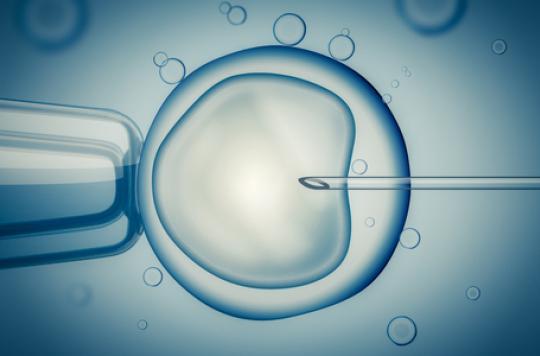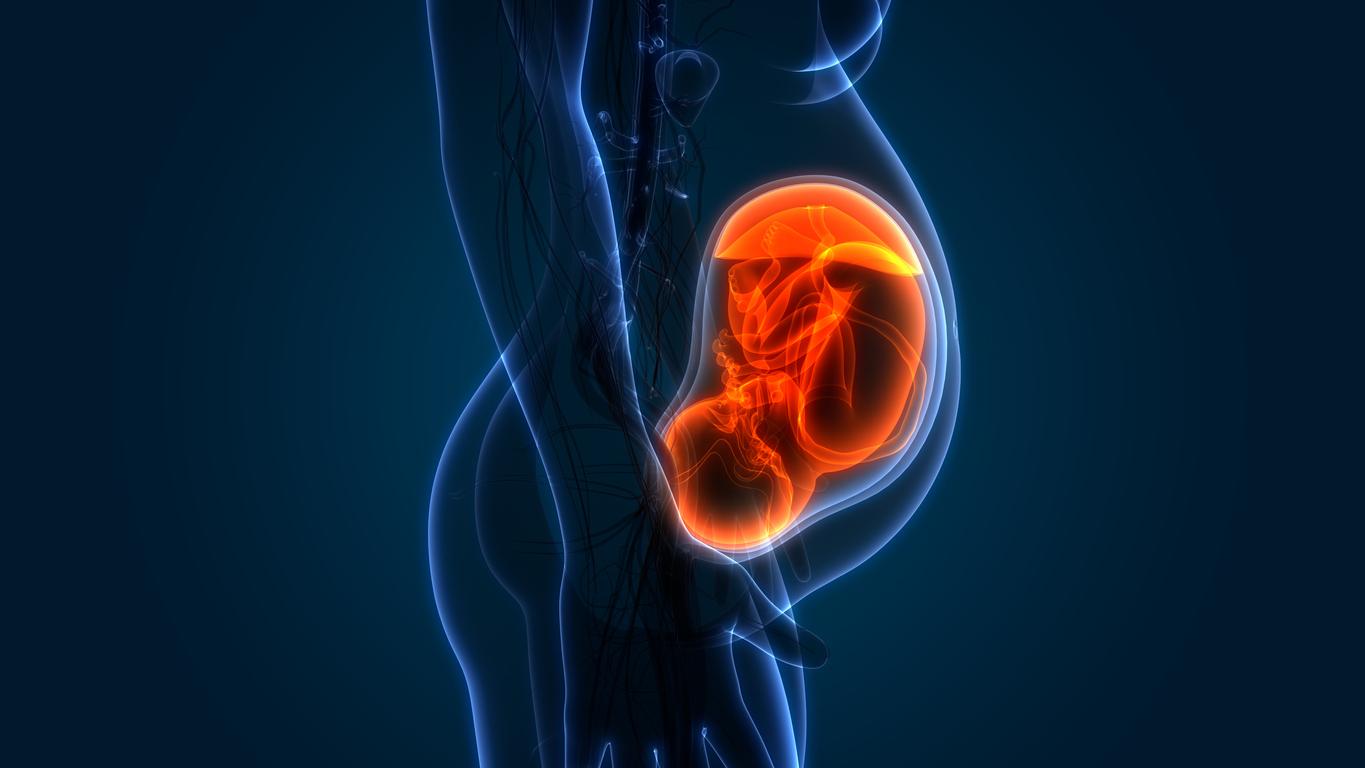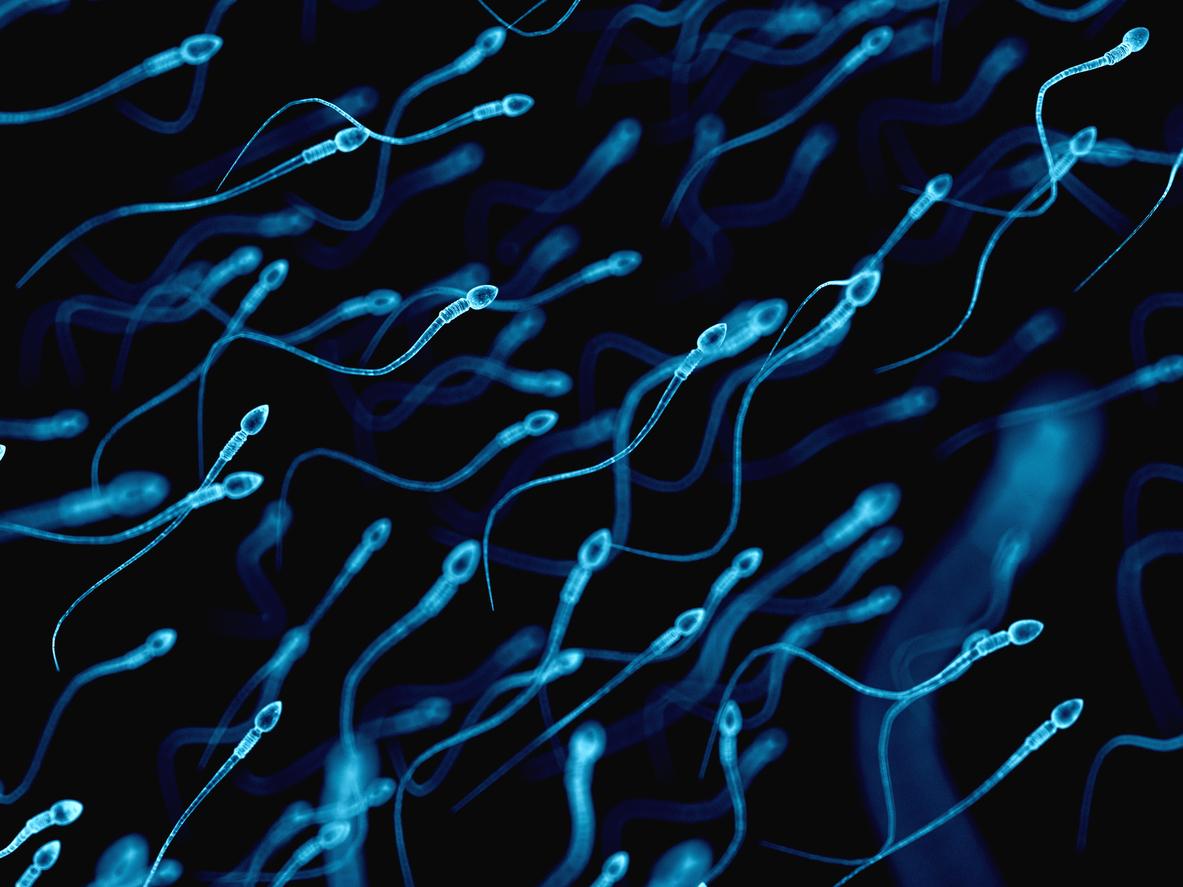The infertility of a couple is often related to the woman. Only 10% of them consult for this problem. However, effective solutions do exist.

When the pregnancy is delayed … the delays can seem interminable. In France, nearly 20% of couples face an infertility problem. This November 4, the light is put on this disorder of conception. The objective: to alert people to the importance of consulting after a year of unsuccessful attempts. Because the reflex is too little shared. Currently, only 10% of women go to a specialist when they are unable to procreate.
On the occasion of the national day, Why actor takes stock of the causes and solutions.
Infertility should not be confused with infertility, which is characterized by the inability to conceive. An infertile couple faces difficulties in carrying a pregnancy to term within a year of stopping contraception. This situation is more frequent than one might think: according to the latest study conducted by Inserm, and published in the Weekly Epidemiological Bulletin in 2012, 18 to 24% of households were affected. In detail, almost one in four women is not pregnant within a year of stopping contraception. Two years later, they are still 11% not to have procreated.
Taking exams
Several tests can confirm infertility and its cause. The women carry out a basal hormonal study, an ultrasound as well as a hysterosalpingography. Other examinations can be carried out in addition. The female reproductive system is involved in 30% of infertility cases. Among the most common causes, early menopause, endometriosis, but also lesions of the fallopian tubes, abnormalities of the uterus and the cervix or even ovulation disorders.
35% of infertile women suffer from endometriosis, for example. Age also comes into play: French women are carrying out their pregnancy plans later and later. The average age of the first childbirth to date is 30 years.

In 30% of cases, infertility is of male origin. This can be confirmed with a test called a spermogram, which quantifies the number of sperm per ejaculation and their motility. A lack of mobility of these gametes is one of the main causes, alongside an alteration of the testicular environment, an obstruction or even a pathology of the prostate.
One in five, the causes are shared between men and women. An area of uncertainty therefore persists: in 20% of cases, the reason for infertility is not discovered.
Medically assisted procreation
Once the diagnosis is made, several solutions exist to help couples conceive. If there is an obstacle, surgery can be performed. In 2010, one in 40 births was permitted by medically assisted procreation (MAP). This represents some 22,400 births.
Several methods can be used to achieve this result, starting with artificial insemination. It represents 43% of AMP trials. This inexpensive approach allows fertilization to occur naturally. When this step is no longer possible, it is carried out in vitro, as part of IVF. The operation can then be performed with or without gamete donation. It is not until two to five days after fertilization that the embryo is implanted in the mother’s uterus. Depending on the methods adopted, the chances of pregnancy range from 13 to 30%.
.

















